TORONTO - Everywhere on this planet — without exception — there’s a bounty of colours, patterns and textures. You just have to know where to look — there’s no limit once you learn to recognize the potential. But, what kind of subjects should a traveller look for? What’s needed to tell the story, or give the images strong impact? Here are six tips to help improve your travel photography:
1- Explore your world
Interesting characters flourish in urban environments, especially around markets, beaches or town centres. While travelling, pay attention to local media for announcements of celebrations, parades, fairs, concerts or any other public events. Don’t be afraid to approach the people you meet on your travels if you want them to pose. However, ask for permission before you start. You’ll be amazed at how some people open up. If they seem reluctant, then don’t push it. Just move on to a different subject. Sometimes, people will ask for money before they let you photograph them; I always carry pockets full of small change just for this reason. And don’t forget to show your models your results! They might really appreciate it. If you plan to use the images commercially, think about getting a model release as well.
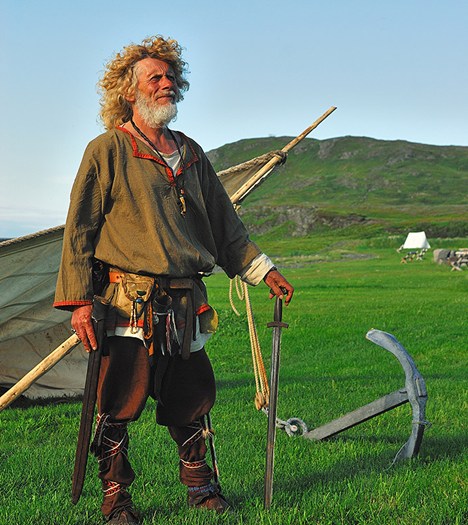
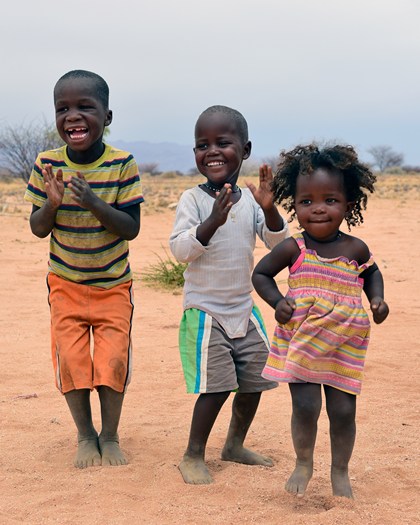
Left: Throughout my travels, I often find people celebrating life, culture and heritage, so I look for these types of activities and enjoy. Right: Local children engage in a rhythmic dance in Namibra.
2- Take lots of photos
Advances in digital technology continue to make photography easier than ever. Indeed, it seems everyone carries a camera these days. So, don’t settle for just a few shots, and keep taking photos while the action happens. Look for different angles and feel the rhythms around you. Memory cards are relatively cheap and it’s easy to delete the bad shots.
3- Carry two cameras, with different lenses
One camera can be a backup in case of unforeseen problems. Or think about using both in tandem: one can have a wide angle while the other is equipped with a telephoto. Working with two camera bodies allows you to respond more quickly as situations unfold. Most importantly, you don’t want to fumble around changing lenses in a dusty environment, especially while the action is happening. Different lens types give you different perspectives. For example, zoom lenses provide more flexibility in capturing interesting subjects off in the distance.
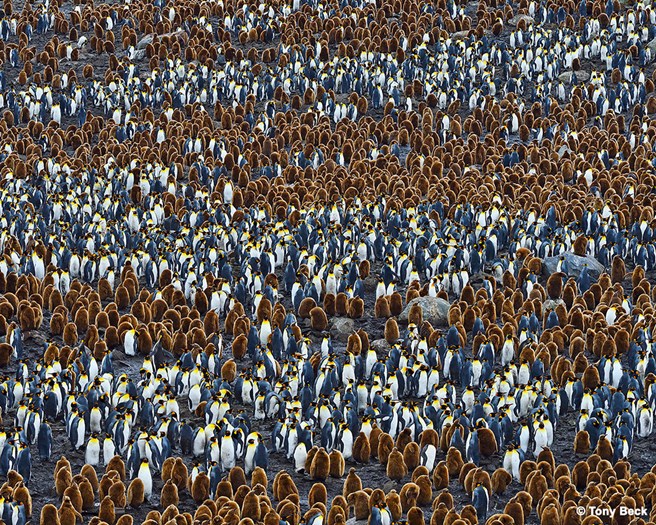
Above: Exploring a colony of King Penguins on South Georgia Island, I noticed the symmetry of contrasting colours separating juveniles and adults.
4- Be prepared for all weather conditions
Carry weather-proof gear in case of surprises like rain, wind and dust. At the very least, have a strong, spacious camera bag with some degree of water resistance. We shouldn’t rely on short-term forecasts since meteorologists don’t always get it right. If you fly commercial airlines, make sure your camera equipment follows you with your carry-on luggage. I won’t trust my equipment to insensitive baggage handlers and unpredictable airport processes. I always feel more at ease if my equipment is nearby. I use a spacious, padded backpack designed for rugged field activity. Yet it protects delicate cameras, large telephoto lenses, a laptop and many other items. Most importantly, when flying, it’ll fit neatly in the overhead compartments or below the seat in front of me.
5- Keep it simple
When composing images, avoid jamming too much information into your viewfinder. Busy images might confuse your audience. Focus on your main subject and try to keep the background clean. Read your owner’s manual to learn which features are most effective for the subjects you wish to capture. Explore your camera. Experiment with its features and functions. Like all activities in life, if you want to improve, practice, practice, practice.
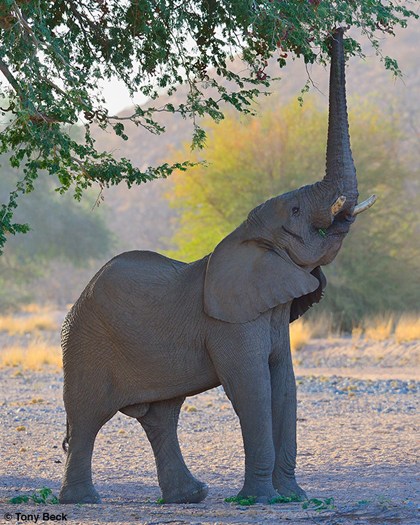
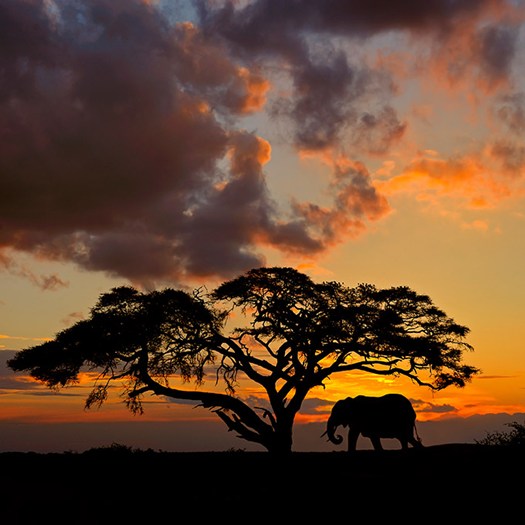
Left: Caluate your composition before pressing the shutter. Pay attention to the foreground and background. Right: This sunset in Tsavo East National Park, Kenya,
6- Learn to edit your images
Every photo I share with the public is edited in one form or another. Even the simplest photo editing programs can help improve your images. It’s really easy to brighten, enhance colours or crop your images. Some new cameras have simple in-camera editing features.
Most of all, give yourself extra time to explore — seeking different angles and perspectives can help add variety and depth to your work while getting off the beaten track takes a little research and wanderlust. Also think about taking advantage of opportunities for boat tours, helicopter tours, balloon rides or anything similar. You’ll see wonders that are difficult to observe from terra firma.
About the Author
Tony Beck is a freelance naturalist and photographer working out of Ottawa where he, and his wife Nina Stavlund, operate "Always An Adventure," a company offering photography, nature and birdwatching services. He has more than 30 years experience in photography including 20 years as a professional. In 1983, Tony bought his first SLR—the versatile Nikon FG. He has been loyal to Nikon ever since. In 1993, he took the plunge and went professional.